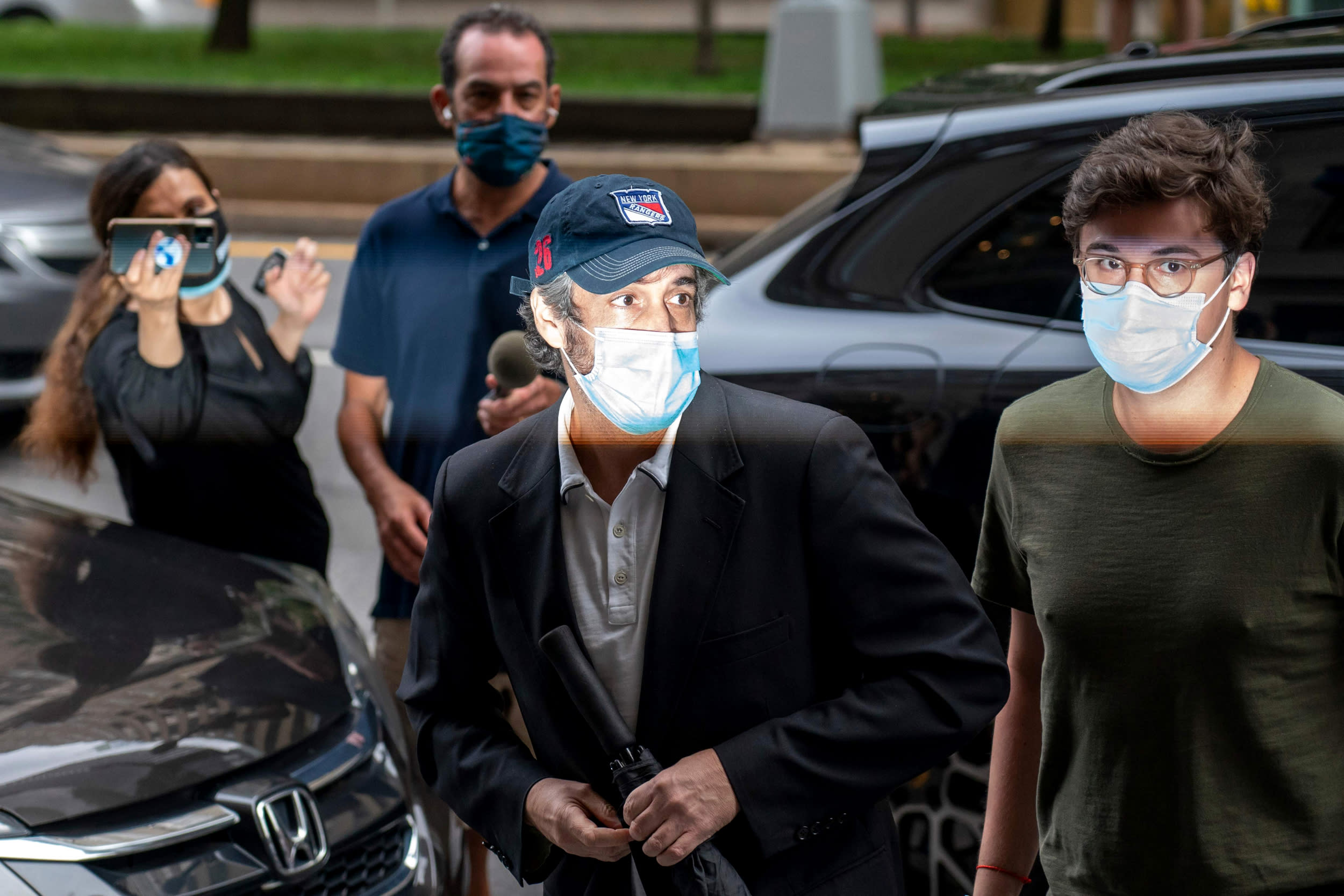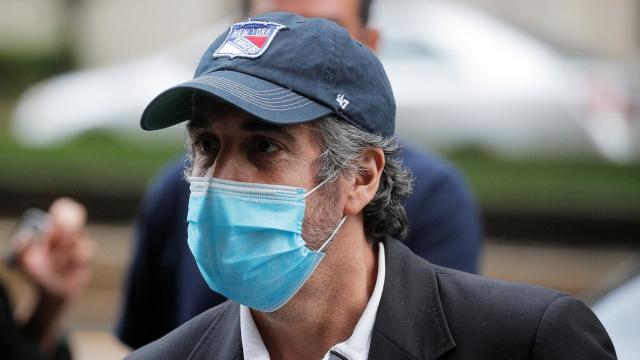The Guardian
‘There’s nowhere like it’: Alaska’s wildlife refuge fears death by drilling

Photograph: Rex/Shutterstock
Biologist George Schaller has traversed the Amazon rainforest, studied lions in the Serengeti and searched for rare antelope in Tibet, but for him nothing quite compares to a vast and little-known wilderness found in the north-eastern reaches of Alaska.
Schaller first encountered the region in the 1950’s, taking a canoe down the Colville River, a waterway that drains into the Arctic Ocean, and trudging across the bumpy tundra to excitedly document the astonishing trove of wildlife found in the last fully intact ecosystem left in the United States.
“It was slow going because the tundra can be bumpy, but I saw around 125 species of birds, while keeping an eye out for a grizzly bear as there was no tree to climb to get away,” said Schaller, a Wildlife Conservation Society biologist who is now 87.
He added: “To see the caribou, the bears and the migratory birds was just incredible. No signs of human development at all. There’s nowhere like it in the US and very few places like it left in the world.”
Schaller’s surveys formed part of the scientific basis that prompted President Dwight Eisenhower to create the Arctic national wildlife refuge (ANWR), a sprawling, otherworldly landscape of soaring mountain ranges, sweeping expanses of tundra that can plunge to -50F in winter but be studded by soft mosses and wildflowers in summer, and rivers and streams weaving their way to the frigid sea.
“It’s a unique, awe-inspiring place,” said Victoria Herrmann, managing director of the Arctic Institute. “There’s really no other place like this on Earth.”
The refuge was expanded in size by Jimmy Carter’s administration to an imposing 30,000 square miles, roughly the size of South Carolina, and appeared set for a future of pristine isolation even as Alaska transformed itself into a major oil-producing state.
But when Schaller returned to the tundra in 2006, to mark the 50th anniversary of his last visit, he was dismayed to find that Prudhoe Bay, on the doorstep of ANWR, had become a tangle of oil drilling machinery, pipelines, roads and airstrips. “It was utterly depressing to see what they had done,” he said. “Here’s something very critical for the natural beauty and biodiversity of the United States and it was being messed up by oil companies.”
Merely knocking at the door of the refuge wasn’t enough for Donald Trump’s administration, however, which this week finalized its plans to finally pry open ANWR itself to oil and gas drilling.
Leases to excavate plots in a 1.9m-acre area of the refuge’s northern coastal plain will be handed out by the end of the year, the Department of the Interior confirmed.

How much drilling remains to be seen. A raft of legal challenges will now be launched and resources companies are grappling with a global oil glut from a coronavirus pandemic that pushed the price of crude oil down to minus $37 a barrel in April. But the decision has landed a heavy blow upon those who cherish a unique slice of America, the last undisturbed frontier in its frozen northern extremity.
The distress is sharpest for the Gwichʼin people, a native tribe that has lived in the harsh environs of what is now Alaska and western Canada for thousands of years. The land that comprises ANWR has deep cultural importance to the Gwichʼin, who rely upon it for their food, shelter and traditional practices.
The prospect of oil drilling rigs in this treasured place, therefore, is deeply wounding. “This administration has done nothing but disrespect the indigenous peoples that have occupied these lands,” said Bernadette Demientieff, executive director of the Gwichʼin steering committee.
The most dire threat looms over the Porcupine caribou herd, a subspecies of reindeer that lives in the region. Each year, the 200,000-strong herd makes a trek similar in distance to that between New York and Miami to make it to the coastal plain of ANWR where the females give birth, tending to their young for the first few weeks of their lives. The caribou are a key food source for the Gwichʼin, who live in an area where imported foods are prohibitively expensive and subsistence hunting is critical for survival.
The interior department states that only 1% of the coastal plain will be taken up by oil and gas drilling infrastructure, although this figure typically doesn’t include pipelines and other associated disruptions. The upheaval, the Gwichʼin fear, will spell doom for the caribou herd they depend upon.
“This is a place that is so sacred to the Gwichʼin that we don’t go there,” said Demientieff. “Our creation story tells us that we made a vow with the caribou that we would take care of each other. They have taken care of us, and now it is our turn to take care of them.”
A vast abundance of other wildlife also face a jarring new reality. Each summer, every puddle of water is taken up by birds, with about 200 avian species finding a home here. Hundreds of different plant species dot the refuge, while dozens of mammals, including musk ox and polar bears, also roam.
Scientists have warned that even knowing where polar bear dens are can prove challenging, with David Bernhardt, secretary of the interior, acknowledging the potential for bear deaths and injuries “could be high”. Bernhardt has insisted, however, the risks can be mitigated.
The Trump administration’s opening up of the refuge has been cheered by some Alaskans who fear an economic crunch from the pandemic. Some Inuit communities have got upgrades such as water and sewer systems from oil and gas money, developments eyed enviously by some other towns.
“Development in a small fraction of ANWR has long been supported by Alaskans, especially by those who live in the region,” said Kara Moriarty, president of the Alaska Oil and Gas Association, who admitted the industry has been “hard hit” by the pandemic and low oil prices.
But polling of the broader American public shows widespread opposition to the idea of drilling in ANWR. Advocates for the country’s last great wilderness hope it will still be spared from being just another place riven by roads, trucks and buildings and that Alaska can move away from being handcuffed to the fortunes of volatile, polluting fossil fuels.
The ANWR lease area contains up to 11.8 billion barrels of gettable oil, which, when burned, would further worsen a climate crisis globally and in Alaska, one of the fastest-heating places in the world where roads and buildings are buckling due to melting soil frosts, fierce wildfires now routinely tear through forests billowing unbreathable smoke and the animals are being so severely affected that the salmon are shrinking in size.
“ANWR is a thriving ecosystem that is already under threat from climate change and doesn’t need further damage from oil extraction,” said Herrmann.
“This is a stunning place that’s one of the few landscapes still safeguarded and sustainably used by its original indigenous inhabitants. The idea of making a short-term monetary gain from the loss of species, a homeland and a way of life is, well, kind of devastating.”




 Fire at Pie Ranch in Pescadero. (Photo credit: Jered Lawson)
Fire at Pie Ranch in Pescadero. (Photo credit: Jered Lawson) The LNU Lightning Complex Fire burns in the Capay Valley. (Photo credit: Sally Fox)
The LNU Lightning Complex Fire burns in the Capay Valley. (Photo credit: Sally Fox) San Francisco Fire Department deployed to Yolo County. Photo credit: Judy Starkman
San Francisco Fire Department deployed to Yolo County. Photo credit: Judy Starkman










